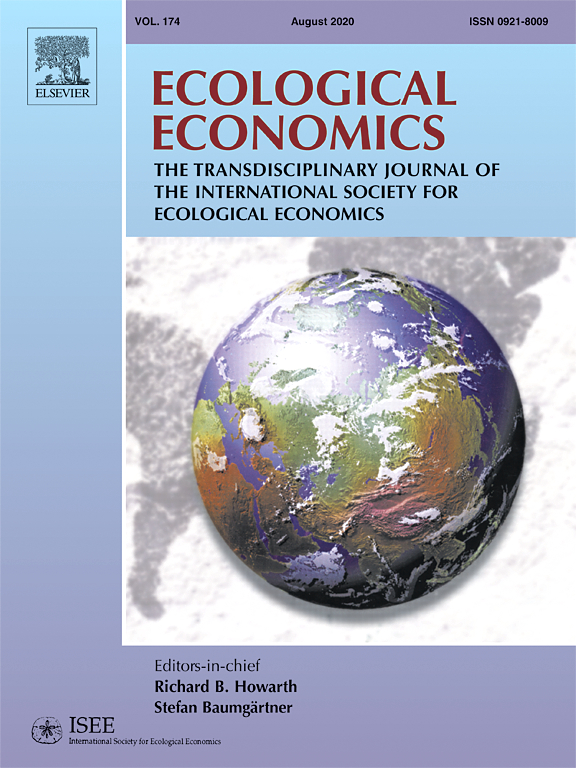
Disponible uniquement en anglais
Publication de l’article « What Drives the Erasure of Protected Areas? Evidence from across the Brazilian Amazon » par Derya Keles, Philippe Delacote, Alexander Pfaff, Siyu Qin et Michael B.Masciae dans la revue Ecological Economics.
Volume 176, October 2020, 106733, JEL Codes: Q56, Q57, Q58, O13, O21 https://doi.org/10.1016/j.ecolecon.2020.106733
Protected areas (PAs) are a widely used strategy for conserving forests and ecosystem services. When PAs succeed in deterring economic activities that degrade forests, the impacts include more forest yet less economic gain. These economic opportunity costs of conservation lead actors with economic interests to resist new PAs, driving their sites away from profitable market centers and towards areas featuring lower opportunity costs. Further, after PAs are created, economic actors may want PA downgrading, downsizing, and degazettement (collectively PADDD). We examine reductions in PAs’ spatial extent – downsizings (partial erasures) and degazettements (complete erasures) − that presumably reduce protection. Using data for the entire Brazilian Amazon from PADDDtracker.org, our empirical analyses explore whether size reductions from 2006 to 2015 resulted from bargaining between development and conservation. We find that the risks of PA size reductions are raised by: lower travel costs (as implied by distances to roads and cities), which affect economic gains and enforcement; greater PA size, which affects enforcement; and more prior internal deforestation, which lowers the impacts of size reductions. These dynamics of protection offer insights on the potentially conflicting factors that lead to PA size reductions, with implications for policymaking to enhance PA effectiveness and permanence.
